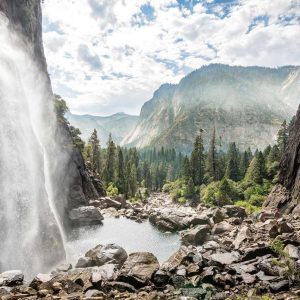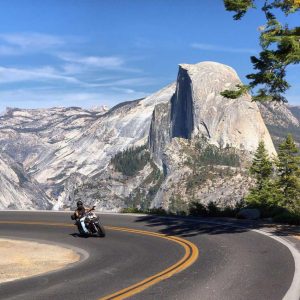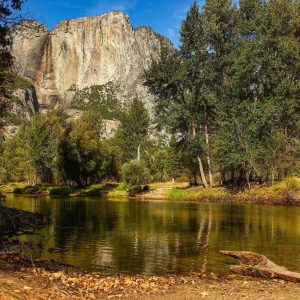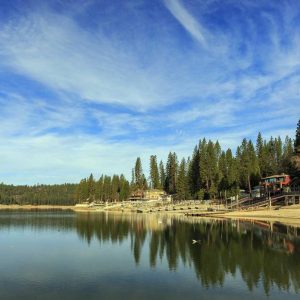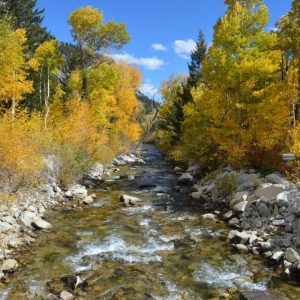Just because you or someone you know has a disability doesn’t mean you can’t enjoy America’s national parks.
That’s because the National Park Service has been working to ensure that everyone can experience national parks, even before the Americans With Disabilities Act of 1990.
It’s been a long process. But as facilities get renovated, as new programs are premiered, and as new technologies are rolled out, the change is now widespread and dramatic.
If you haven’t looked at access lately, you may be in for a surprise.
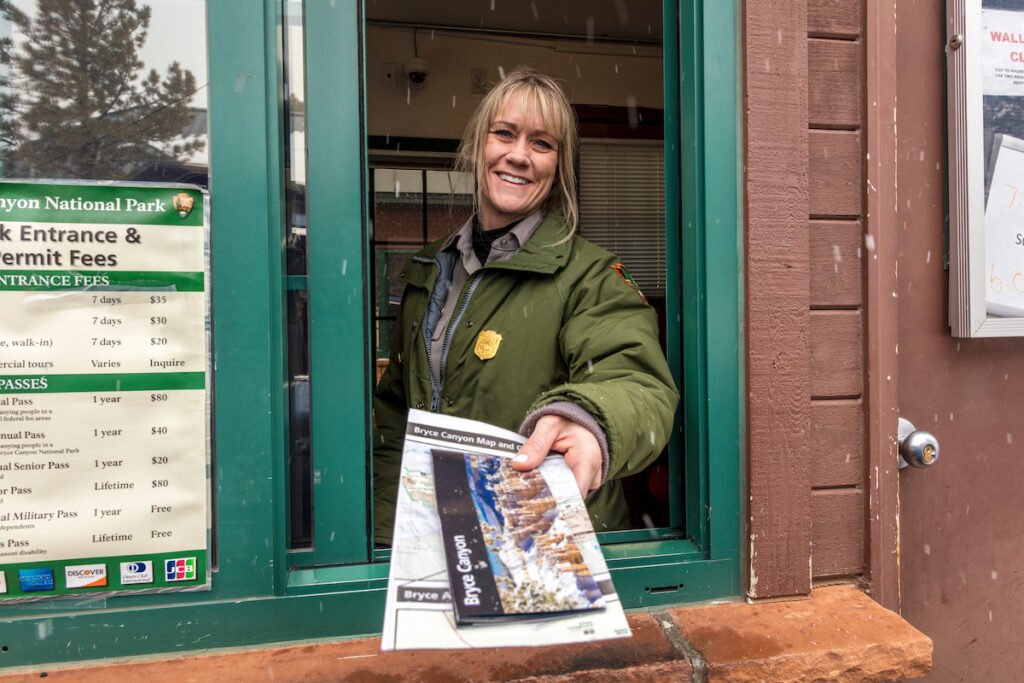
I’m a retired park ranger, with 25 years of experience welcoming people to national parks. To get the latest update on accessibility in the parks, I spoke with current NPS employees whose job is to ensure parks provide an accessible experience to all.
Let’s go over some of the areas where people’s ability to experience the parks are challenged, and how parks are responding to meet these challenges
Then I’ll tell you how to find parks with outstanding accessibility programs to help you plan your next trip.
Finally, we’ll look at some parks that are stellar examples of accessibility.
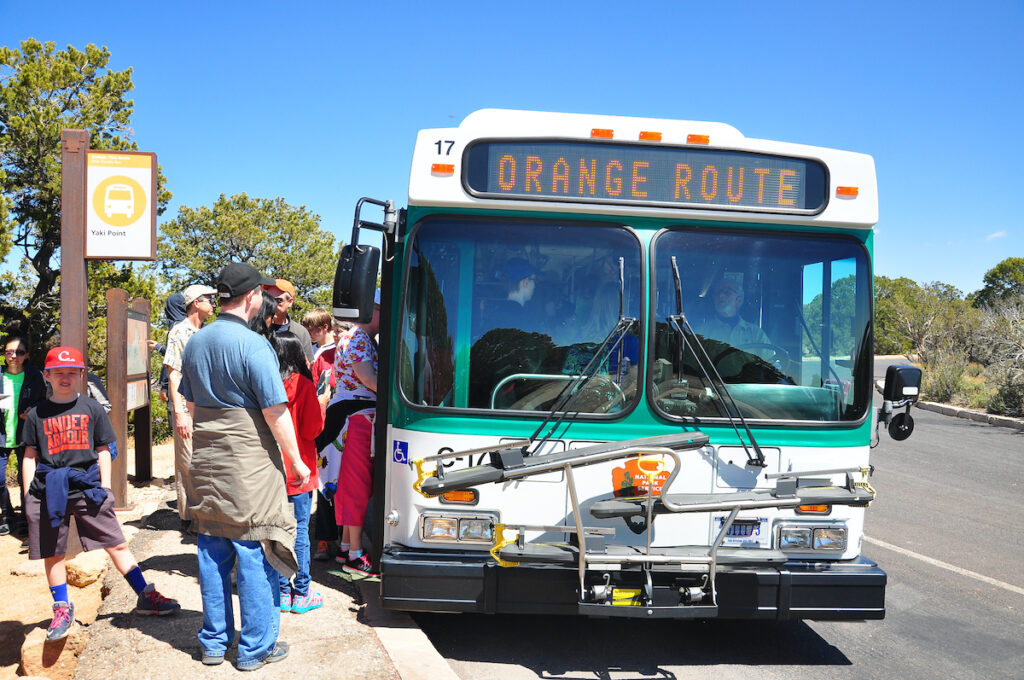
Mobility is an issue for many of us, whether it’s being in a wheelchair, or just not being able to get around as well as we used to. Parks have taken on mobility challenges with what you’d expect, such as ADA-compliant buildings, restrooms, and shuttle buses, but there are also a growing number of accessible campgrounds, trails, beaches, and fishing areas.
For those with hearing issues, ranging from hearing impairment to deafness, a growing number of parks have American Sign Language interpreters, audio assist technology, or captioned or printed audio-described versions of audio presentations.
For those who are visually challenged, ranging from blindness to low vision, a growing number of parks have audio tours of park roads and park exhibits you can download to your own portable devices. Others have audio players to lend. And parks are expanding exhibits and presentations featuring tactile activities allowing you to experience the park by touch, and have added sounds and multisensory experiences.
Pro Tip: Download the driving audio tours and play them as you drive, disability or no. It’s like having a tour guide in the car. If you’re going to a park and want to see if there’s an audio tour available without searching its website, just search Google for “audio tour” followed by the name of the park.
Parks also help people with cognitive and emotional needs, whether it’s by having quiet places, information to keep you aware of possible environmental stimuli, or in designing exhibits and presentations with these needs in mind.
And finally, many parks will provide additional information about their accommodation of trained service animals. Emotional support animals are not covered by the ADA, so they usually don’t receive access to areas where pets aren’t permitted.
The most important thing you can do for a successful trip when there are special accessibility needs is to do your research. When you plan your trip, check out the park online, or contact it regarding your needs.
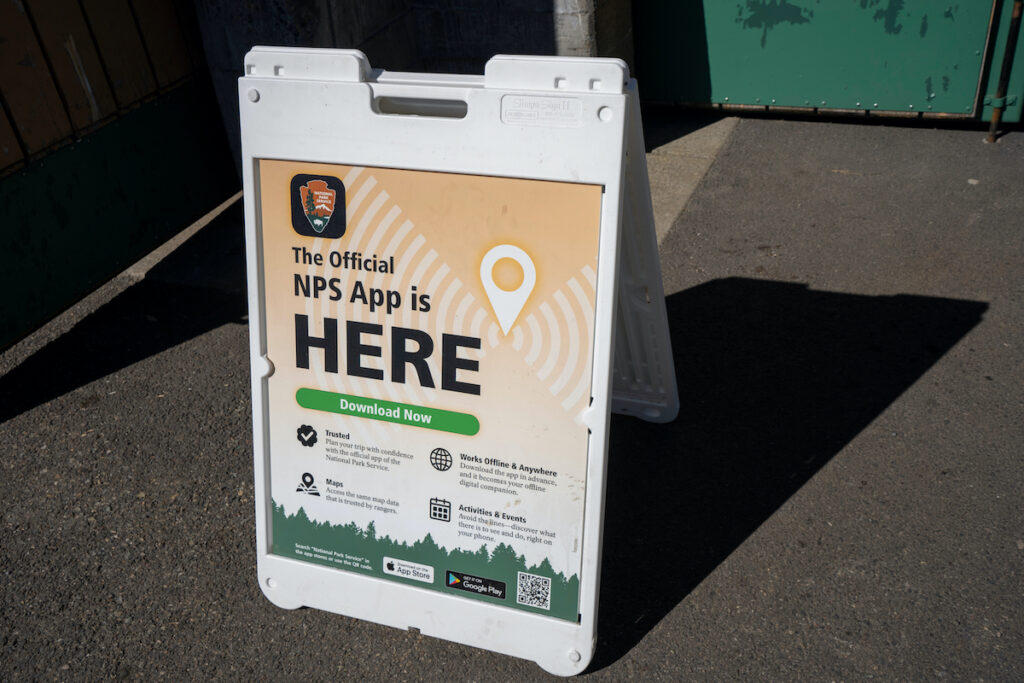
Each park website has accessibility information, either on the web or on the NPS app for mobile devices. Pick your park and look under the “Plan Your Visit” heading for accessibility.
Not all parks are at the same level of achievement when it comes to accessibility. Here are some exceptionally noteworthy examples. Take a look at their accessibility web pages, too. So you’ll know good examples when you see them.

